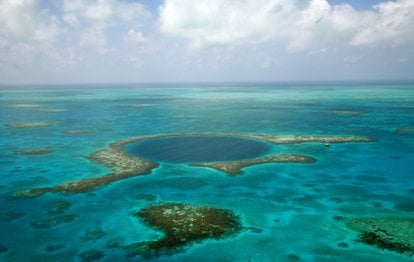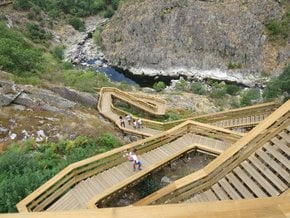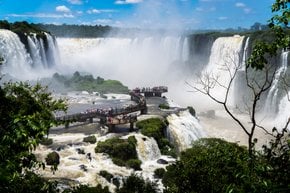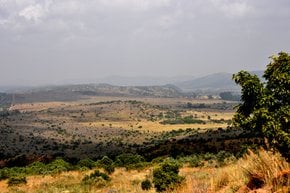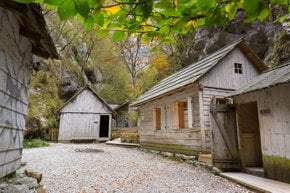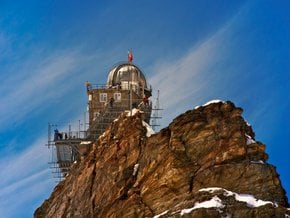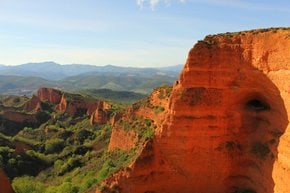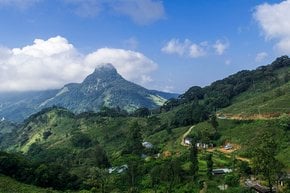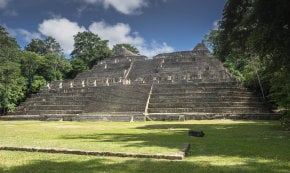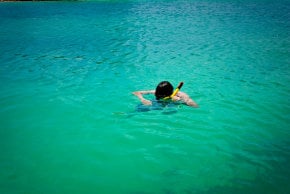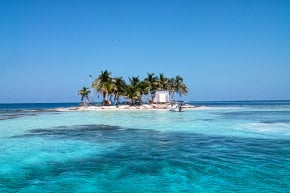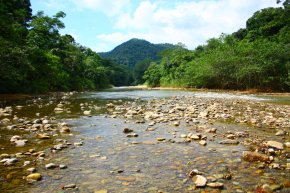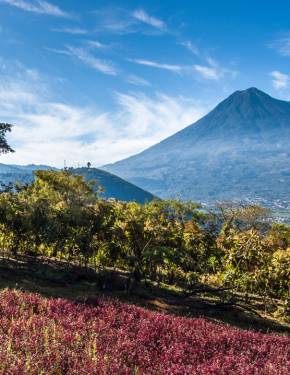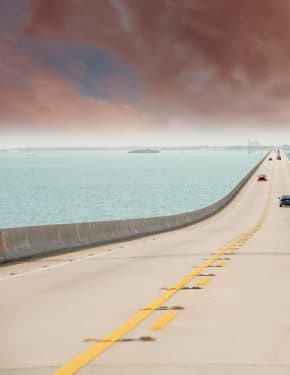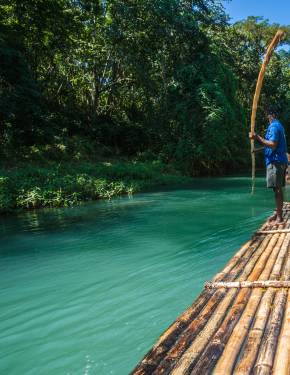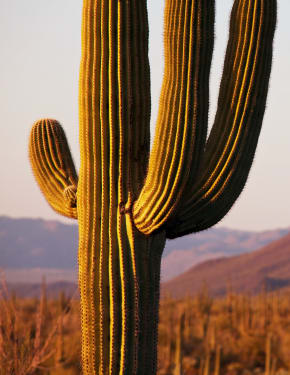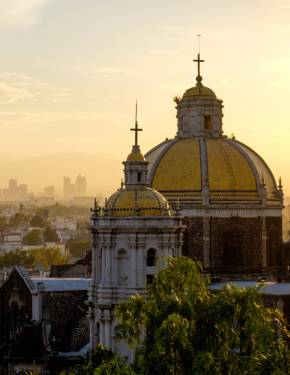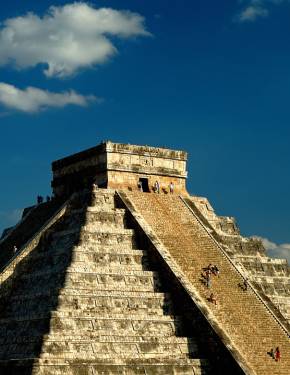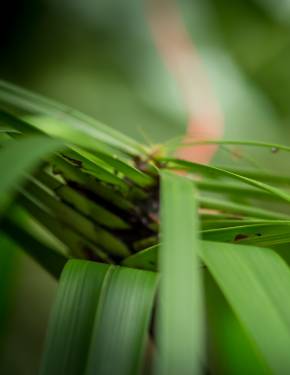Great Blue Hole in Belize 2025
Check out the largest underwater sinkhole in the world, a dream place for any diver
Best time: April–June (all year round)
A giant ocean sinkhole is located off the coast of Belize, near the center of Lighthouse Reef, an atoll of 43 mi (70 km). The hole has a perfectly round shape. It's 318m (1,043 feet) across and 407 ft (124 m) deep. The Great Blue Hole is a peculiar geological phenomenon that was formed as a result of quaternary glaciation when sea levels were much lower, hundreds of thousands of years ago. Belize Barrier Reef Reserve System is a UNESCO World Heritage Site and one of the most famous diving spots in the world.
Diving in Belize is possible year round but the best time is between April and June. This is also the time when whale sharks can be spotted. These months also see bigger crowds of divers at the Great Blue Hole. The wet season runs from June to November, but showers are quite short and bearable.
The Great Blue Hole became popular thanks to Jacques Cousteau, who included it into his top five scuba diving sites. In 1971, he and the Calypso crew studied the hole and charted its depths. The name "The Great Blue Hole" was first used by British diver and writer Ned Middleton.
The Great Blue Hole offers divers crystal-clear water and an abundance of fish species, including Caribbean reef sharks, bull sharks, and hammerheads. Skydivers also love the Great Blue Hole due to its fantastic shape from above and an ocean landing.

